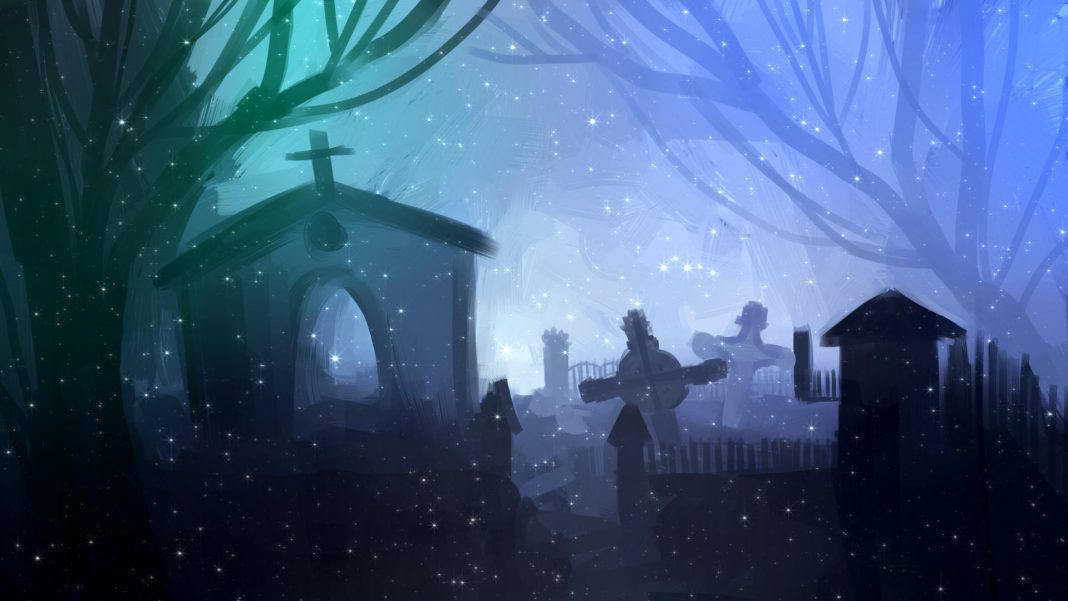In the history of video games, there have been many different takes on the horror genre. Whether we look back to cult classics like Clock Tower (1995), terrible FMV horror games like Night Trap (1992) or fan favorites like Resident Evil and Silent Hill. There is no doubt throughout the years there have been tons of very good, and very bad horror games. Tonight though, I want to talk about an indie gem that took horror fans and gamers on a terrifying journey through 2013’s Outlast.
Outlast released on September 4th, 2013 on Steam, with Xbox One and PlayStation 4 versions coming later in 2014. It was developed by Red Barrel, an independent studio from Canada which originally formed in 2011. Outlast was their first game, and was it ever a great first effort. You play an investigative journalist Miles Upshur who is working on his next big story which revolves around a psychiatric facility Mount Massive. It is rumored that inhumane experimentation is being done to the patients of the facility and as a journalist, Miles is determined to get to the bottom of it.
Things quickly go wrong, with a mix of insane patients roaming the halls, genetically modified monsters, an insane priest and a supernatural entity at work. There is a wide variety of characters at play which adds a level of panic because you are never quite sure about who is going to come after you next. The story has plenty of twists and turns and manages to come across as a completely fresh idea, without feeling recycled from a horror movie or a previous horror game.

The real beauty of Outlast and the journey it takes you on, however, is in gameplay. My very first experience with the game was late at night, alone in my apartment. The first 20 minutes of the game is all about introducing you to mechanics and gameplay aspects. One of the most unique and terrifying aspects of the game is the video camera. Through certain parts of the game, you use the camera to record horrific events as a form of collectible within the game. This often forces you to zoom in on extremely terrifying moments of the game, which really adds to the atmosphere. Then there is a secondary mechanic which is the night vision mode, which is a toggle function on the camera. This allows you to see in darker parts of the game, but this also consumes batteries, which adds an old-school survival aspect to the game, as it requires you to manage your batteries, and having to sometimes set yourself up for a good scare because of trying to conserve your resources.
The final gameplay aspect that really sets the atmosphere is the lack of ability to defend yourself. Outlast has absolutely zero combat, you run for your life and hope that the monsters don’t catch you. It taps into the most primal fear of not being able to fight for your life and ultimately leaves you feeling hopeless. Which builds into a masterful experience.
While Outlast is a very short game, clocking in around three hours, it is one of the most intense horror experiences from an indie developer. If you have not played Outlast, then settle in with your headphones on in a dark room and get lost in the horror of Mount Massive.




